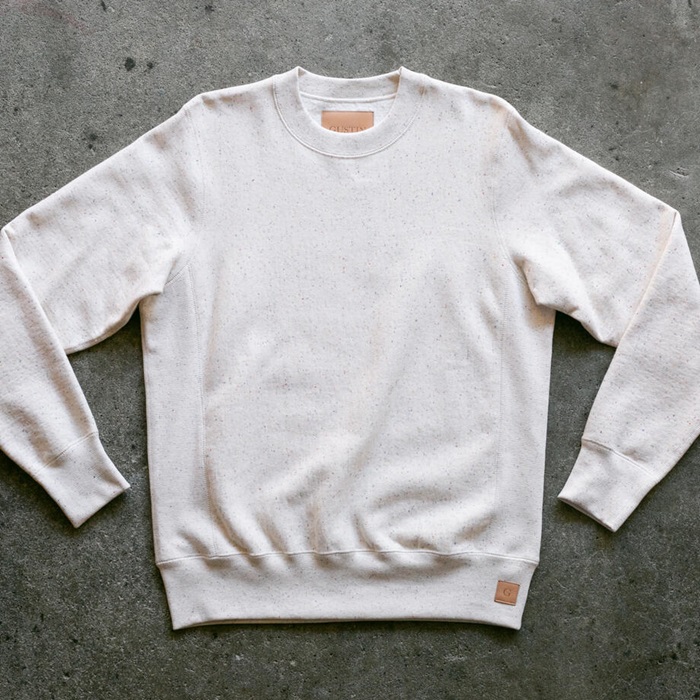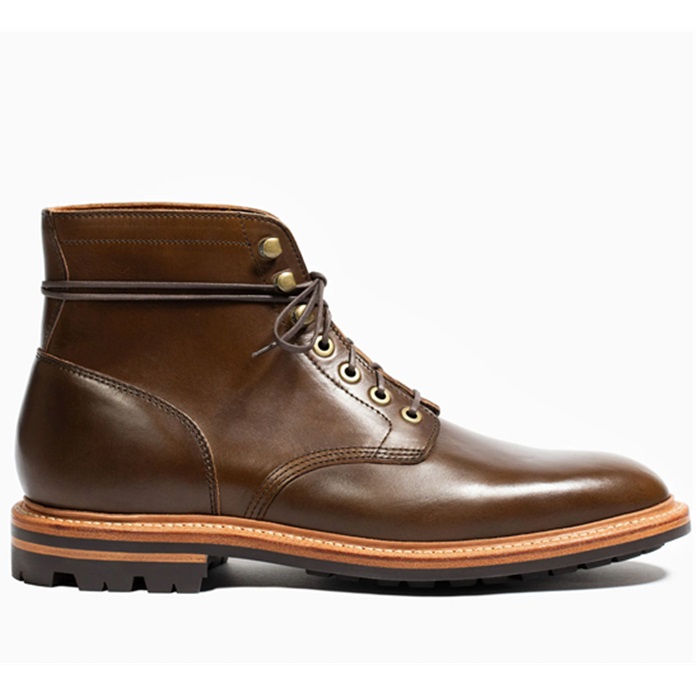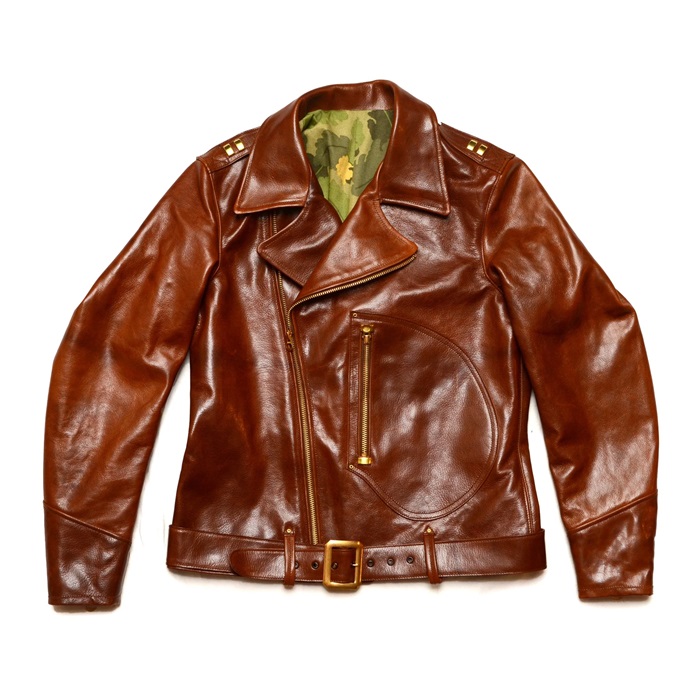Baron Kurtz
I'll Lock Up
- Messages
- 12,784
Oh to have some money . . .
ANTIQUES; Fashion Plate With World As Audience
By WENDY MOONAN
Wallis Simpson, the Duchess of Windsor, was on the 10 Best Dressed List for decades, but today many are more interested in the Duke of Windsor's contribution to the ''Windsor Style.''
Eleanor Lambert, the fashion publicity agent who created the list in 1940, recalled the years when she was friendly with the Duke and Duchess. ''The Duchess was a haute couture mannequin,'' she said. ''His Royal Highness was a dream of fashion. He invented fashion trends.''
Patricia Mears, the curator of costumes at the Brooklyn Museum of Art, agreed. ''The Duke was the one who had the style,'' she said. 'He was both very dashing and very conservative. I have no doubt he made decisions on her clothes.''
Diana Vreeland, the former editor of Vogue, had equally strong views about the Duke. ''Did he have style?'' Vreeland once asked rhetorically. ''The Duke of Windsor had style in every buckle on his kilt, every check of his country suits.''
The public will be able to evaluate these opinions when his wardrobe is auctioned as part of Sotheby's weeklong sale of the belongings of the Duke and Duchess of Windsor, from Feb. 19 through Feb. 27. The auction preview, which opens to the public on Tuesday, includes the contents of the couple's final home, a Louis XVI-style villa on the edge of the Bois de Boulogne in Paris, and their country house, known as ''the Mill,'' outside Paris. On view will be furniture, paintings, decorative objects, personal mementos, books and clothing.
Remarkably, the Duke's wardrobe spans 60 years, because he never lost his trim figure (his waist went from 29 inches to 31 inches over a half century) and it seems he never threw anything out. Chronologically, it begins with items like his black-and-white Shepherd check tweed wool overcoat of 1934 (Lot 2862, with an estimate of $1,200 to $1,800) and includes his many brightly checked sporting outfits from the 1970's.
The Duke practically invented comfortable clothes. As Kerry Taylor, the Sotheby's specialist who has spent seven years preparing for this sale, explained, ''He was reacting to his buttoned-up and old-fashioned childhood.''
Ms. Taylor said the Duke so disliked suspenders that he invented pants with elastic in the waist. He didn't like buttons on pants, so insisted on zippers, which were large and primitive in the 1930's. He preferred buttons on the sleeves of his jackets -- four, to be precise. He always wore cuffs on his trousers, which infuriated his father. After World War II broke out, he had his pants made in the United States because textiles were rationed in England and cuffs required extra fabric.
The Duke was also very practical. He invented safari pants that could be turned into shorts simply by rolling them up and buttoning the cuffs to button holes on the hips.
''Not since his forebear King George IV in the 1820's had a monarch lavished so much care and expense on his own personal appearance,'' Ms. Taylor writes in the catalogue. ''He bought clothes of the finest quality but literally expected them to last a lifetime, which in fairness, many of them did.''
Kenneth Jay Lane, the jewelry designer, and a friend, said he never paid too much attention to the Duke's wardrobe when he saw him, which he considers a great compliment. ''When you see a perfectly dressed man, you don't think about it,'' he said. But he recalled that the Duke was very aware of fashion.
''Once when I went to dinner at their house,'' Mr. Lane said, ''I was wearing one of the first black velvet tuxedos, and he commented on my ensemble right away.''
Several photographs in the catalogue show that the Duke was a fashion plate at a very young age. ''I was in fact produced as a leader of fashion, with the clothiers as my showmen and the world as my audience,'' the Duke once recalled.
One photograph for sale, Lot 19, shows the Prince at age 13 just after he had been sent off to the Royal Naval College. He poses with great dignity in his cadet's uniform in a naval review in 1907. His uniform is pressed and perfect, his posture excellent, but his hat is slightly askew.
The clothes for sale are remarkable in many ways. First, they attest to the Duke's loyalty. He used the same tailor, Scholte of Savile Row in London, to make his jackets from 1919 to 1959. Ms. Taylor said, ''Scholte was the snobby tailor who refused to make suits for the riffraff; he even turned down Fred Astaire.''
The Duke preferred materials made in Britain, especially Scottish tweeds and Fair Isle sweaters. One suit in the sale is of a heavy cinnamon tweed that he began to wear in 1925. It is made from a wool woven for estate workers, and is thick and sturdy. The Duke liked naturally dyed wools that blended in with bracken and heather. ''He was also keen that traditional industries like weaving and dyeing were maintained,'' Ms. Taylor said.
Beginning in the 1930's, the Duke wore full Highland regalia whenever he could. Ms. Taylor said that he once said, ''Blue jeans are not the pants for me.''
One of the many kilts in the sale, Lot No. 2886, is of a grey Balmoral tartan; Ms. Taylor noted that this is ''a fabric which Prince Albert designed for Queen Victoria and which is restricted solely for the use of the royal family as their exclusive tartan.'' The Duchess had Dior make her kilts in Paris.
The Duke liked color and pattern. He happily mixed a black-and-white houndstooth Harris tweed jacket and waistcoat (Lot 2891, estimate: $800 to $1,000) with a colorful Royal Stewart tartan kilt with scarlet, green, and bands of yellow. Ms. Taylor quotes Nicholas Lawford in the catalogue, a man who knew the Prince in prewar Paris: ''In a world where men tend to look more and more alike, he seems more than ever endowed with the capacity to look like no one else.''
His sporting clothes brought out the peacock in him. ''I believe in bright checks for sportsmen,'' he once wrote. ''The louder they are, the better I like them.'' Lot 2849 (estimate: $700 to $1,000) comprises seven pairs of casual trousers made by H. Harris in New York. One pair is a combination of pink, blue, orange and white checks; another is a dramatic lemon, green, blue and oatmeal plaid, and the third is a plaid with black, white, and saffron.
The Duchess was known for traveling with a regiment of luggage. But Geraldine Stutz, the former owner of Henri Bendel, said the Duke did not like to travel with a lot of clothes; he preferred to keep them in the places he visited, and in New York, after World War II, that place was the fur vault of Henri Bendel, on the top floor at 10 West 57th Street.
Ms. Stutz was not at the store in the 1950's, when Ralph Lauren began to sell his ties there, so she could not confirm an old story that fashion industry veterans like to tell: that the young Mr. Lauren was permitted to see the Duke's clothes, and subsequently reinvented the English look as the Ralph Lauren style.
A spokesman at the Ralph Lauren office said the story was not true. What is true is that Mr. Lauren helped recreate the Windsor style. Now we'll have to see who bids for the clothes as they are auctioned.
ANTIQUES; Fashion Plate With World As Audience
By WENDY MOONAN
Wallis Simpson, the Duchess of Windsor, was on the 10 Best Dressed List for decades, but today many are more interested in the Duke of Windsor's contribution to the ''Windsor Style.''
Eleanor Lambert, the fashion publicity agent who created the list in 1940, recalled the years when she was friendly with the Duke and Duchess. ''The Duchess was a haute couture mannequin,'' she said. ''His Royal Highness was a dream of fashion. He invented fashion trends.''
Patricia Mears, the curator of costumes at the Brooklyn Museum of Art, agreed. ''The Duke was the one who had the style,'' she said. 'He was both very dashing and very conservative. I have no doubt he made decisions on her clothes.''
Diana Vreeland, the former editor of Vogue, had equally strong views about the Duke. ''Did he have style?'' Vreeland once asked rhetorically. ''The Duke of Windsor had style in every buckle on his kilt, every check of his country suits.''
The public will be able to evaluate these opinions when his wardrobe is auctioned as part of Sotheby's weeklong sale of the belongings of the Duke and Duchess of Windsor, from Feb. 19 through Feb. 27. The auction preview, which opens to the public on Tuesday, includes the contents of the couple's final home, a Louis XVI-style villa on the edge of the Bois de Boulogne in Paris, and their country house, known as ''the Mill,'' outside Paris. On view will be furniture, paintings, decorative objects, personal mementos, books and clothing.
Remarkably, the Duke's wardrobe spans 60 years, because he never lost his trim figure (his waist went from 29 inches to 31 inches over a half century) and it seems he never threw anything out. Chronologically, it begins with items like his black-and-white Shepherd check tweed wool overcoat of 1934 (Lot 2862, with an estimate of $1,200 to $1,800) and includes his many brightly checked sporting outfits from the 1970's.
The Duke practically invented comfortable clothes. As Kerry Taylor, the Sotheby's specialist who has spent seven years preparing for this sale, explained, ''He was reacting to his buttoned-up and old-fashioned childhood.''
Ms. Taylor said the Duke so disliked suspenders that he invented pants with elastic in the waist. He didn't like buttons on pants, so insisted on zippers, which were large and primitive in the 1930's. He preferred buttons on the sleeves of his jackets -- four, to be precise. He always wore cuffs on his trousers, which infuriated his father. After World War II broke out, he had his pants made in the United States because textiles were rationed in England and cuffs required extra fabric.
The Duke was also very practical. He invented safari pants that could be turned into shorts simply by rolling them up and buttoning the cuffs to button holes on the hips.
''Not since his forebear King George IV in the 1820's had a monarch lavished so much care and expense on his own personal appearance,'' Ms. Taylor writes in the catalogue. ''He bought clothes of the finest quality but literally expected them to last a lifetime, which in fairness, many of them did.''
Kenneth Jay Lane, the jewelry designer, and a friend, said he never paid too much attention to the Duke's wardrobe when he saw him, which he considers a great compliment. ''When you see a perfectly dressed man, you don't think about it,'' he said. But he recalled that the Duke was very aware of fashion.
''Once when I went to dinner at their house,'' Mr. Lane said, ''I was wearing one of the first black velvet tuxedos, and he commented on my ensemble right away.''
Several photographs in the catalogue show that the Duke was a fashion plate at a very young age. ''I was in fact produced as a leader of fashion, with the clothiers as my showmen and the world as my audience,'' the Duke once recalled.
One photograph for sale, Lot 19, shows the Prince at age 13 just after he had been sent off to the Royal Naval College. He poses with great dignity in his cadet's uniform in a naval review in 1907. His uniform is pressed and perfect, his posture excellent, but his hat is slightly askew.
The clothes for sale are remarkable in many ways. First, they attest to the Duke's loyalty. He used the same tailor, Scholte of Savile Row in London, to make his jackets from 1919 to 1959. Ms. Taylor said, ''Scholte was the snobby tailor who refused to make suits for the riffraff; he even turned down Fred Astaire.''
The Duke preferred materials made in Britain, especially Scottish tweeds and Fair Isle sweaters. One suit in the sale is of a heavy cinnamon tweed that he began to wear in 1925. It is made from a wool woven for estate workers, and is thick and sturdy. The Duke liked naturally dyed wools that blended in with bracken and heather. ''He was also keen that traditional industries like weaving and dyeing were maintained,'' Ms. Taylor said.
Beginning in the 1930's, the Duke wore full Highland regalia whenever he could. Ms. Taylor said that he once said, ''Blue jeans are not the pants for me.''
One of the many kilts in the sale, Lot No. 2886, is of a grey Balmoral tartan; Ms. Taylor noted that this is ''a fabric which Prince Albert designed for Queen Victoria and which is restricted solely for the use of the royal family as their exclusive tartan.'' The Duchess had Dior make her kilts in Paris.
The Duke liked color and pattern. He happily mixed a black-and-white houndstooth Harris tweed jacket and waistcoat (Lot 2891, estimate: $800 to $1,000) with a colorful Royal Stewart tartan kilt with scarlet, green, and bands of yellow. Ms. Taylor quotes Nicholas Lawford in the catalogue, a man who knew the Prince in prewar Paris: ''In a world where men tend to look more and more alike, he seems more than ever endowed with the capacity to look like no one else.''
His sporting clothes brought out the peacock in him. ''I believe in bright checks for sportsmen,'' he once wrote. ''The louder they are, the better I like them.'' Lot 2849 (estimate: $700 to $1,000) comprises seven pairs of casual trousers made by H. Harris in New York. One pair is a combination of pink, blue, orange and white checks; another is a dramatic lemon, green, blue and oatmeal plaid, and the third is a plaid with black, white, and saffron.
The Duchess was known for traveling with a regiment of luggage. But Geraldine Stutz, the former owner of Henri Bendel, said the Duke did not like to travel with a lot of clothes; he preferred to keep them in the places he visited, and in New York, after World War II, that place was the fur vault of Henri Bendel, on the top floor at 10 West 57th Street.
Ms. Stutz was not at the store in the 1950's, when Ralph Lauren began to sell his ties there, so she could not confirm an old story that fashion industry veterans like to tell: that the young Mr. Lauren was permitted to see the Duke's clothes, and subsequently reinvented the English look as the Ralph Lauren style.
A spokesman at the Ralph Lauren office said the story was not true. What is true is that Mr. Lauren helped recreate the Windsor style. Now we'll have to see who bids for the clothes as they are auctioned.


